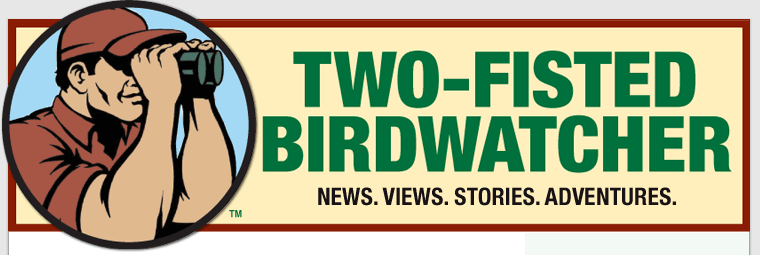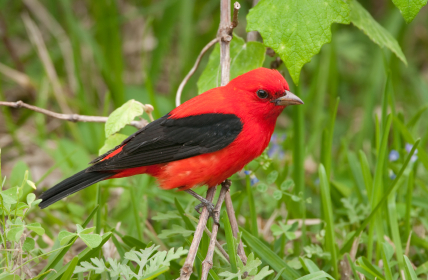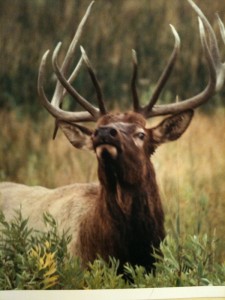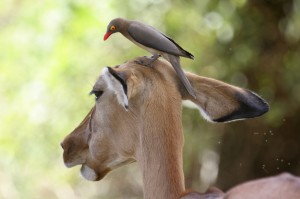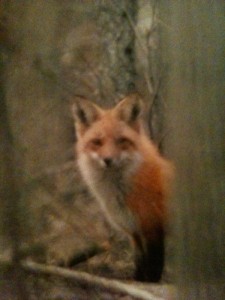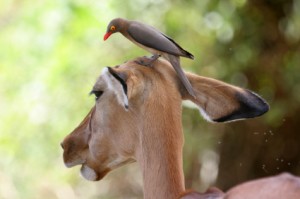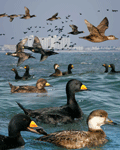Just finished Adam Carolla’s book, “In Fifty Years We’ll All Be Chicks.” It’s good, but has nothing to do with bird watching.
He never got the word that bird watching is a two-fisted sport, and if you told him, he’d laugh in your face.
His cock-sure rants got me thinking about our April 28 post, “Woodcocks and Ken Dolls.”
Carolla might’ve liked this piece. Ah, who are we kidding. The guy doesn’t read, and wouldn’t give a crap about a bird website.
But the subject of birds and their male equipment, or rather the lack of it, has been raised.
How do you know, at a glance, if a bird’s a guy?
If it were a dog or a horse, you’d check for some equipment. In the “Woodcocks” piece we used the popular term, “junk.”
I was looking at a woodpecker the other day. I knew it was a Downy, but had no idea about its gender.
Then, when it moved around, I noticed a red mark on its head.
It’s as though nature said: Hey, we gotta make it easy to know this is a guy, not a girl. There’s no junk, so we’ll mark it with a red spot.
This happens with a lot of birds. Ruby-throated Hummingbird males have ruby throats. Flicker males have moustaches.
There was an Indigo Bunting in the grass yesterday. I knew it was male because it was neon blue. Females look like sparrows.
Mallards swam by on the pond near my house. Males were colorful; females, no way.
Not all birds are designed this way. Bald Eagles look the same, male or female. So do Canada Geese, although geese guys have a little something.
Still, as a rule, males flaunt their maleness. Just like Carolla does in his book.
He may not have heard of the Two-Fisted Birdwatcher, but he wrote a two-fisted book. We like it.
We also like the fact that a woodpecker shows his maleness where everyone can see it. If we did that, we’d get arrested.
